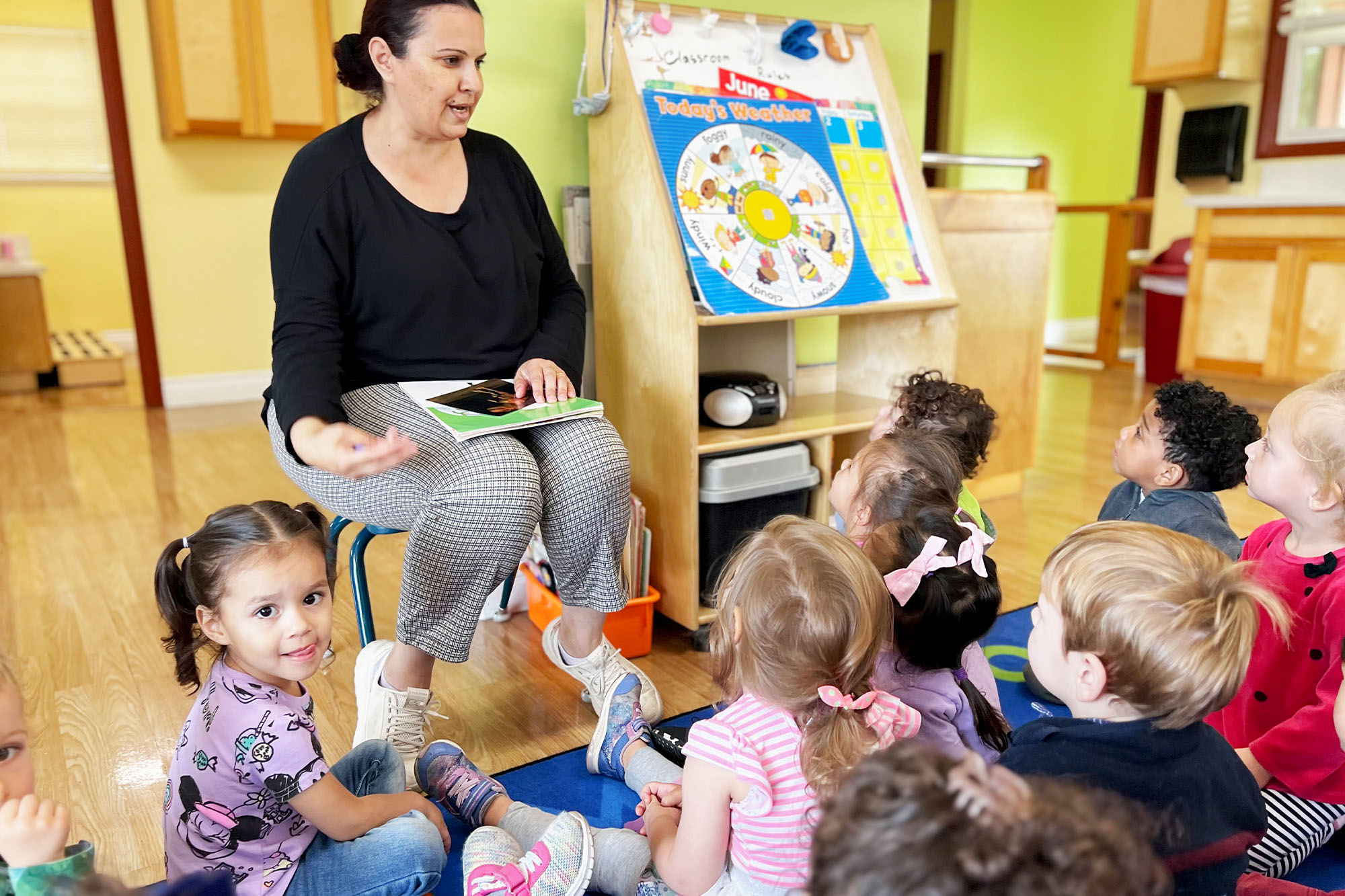
Introduction :
Choosing the right early education approach for your child is a significant decision that can shape their learning journey. Two popular options, traditional preschool and Montessori, each offer unique philosophies and methodologies. In this blog, we’ll explore the key differences between preschool and Montessori to help parents make informed decisions about their child’s educational foundation.
01. Philosophy and Approach :
Preschool : Traditional preschools generally follow a structured curriculum that emphasizes pre-determined learning objectives. Teachers guide students through planned activities, and the focus is often on preparing children for formal schooling. The curriculum may include early literacy, numeracy, and socialization skills.
Montessori : Montessori education is based on the philosophy developed by Dr. Maria Montessori. It emphasizes a child-centered approach, where children are given the freedom to choose their activities within a prepared environment. The emphasis is on self-directed learning, exploration, and the development of independence.
02. Learning Environment :
Preschool : In a preschool setting, classrooms are typically teacher-led, and activities are scheduled throughout the day. The learning environment is structured, with designated areas for different subjects and activities. Play is often incorporated, but it may be more guided by teachers.
Montessori : Montessori classrooms are designed to be child-centric and encourage independent exploration. They feature mixed-age groups, allowing older children to mentor younger ones. The environment includes a range of hands-on materials that facilitate self-directed learning. Children are encouraged to move freely and choose activities that align with their interests.
03. Curriculum and Materials :
Preschool : Preschools generally follow a set curriculum that covers a variety of subjects. Teachers plan activities and lessons to address specific developmental milestones and prepare children for formal education. Learning materials are often provided by the school.
Montessori : Montessori education uses a specific set of materials designed to promote sensory and motor skill development. These materials are carefully chosen to engage children in self-directed learning. The curriculum is more fluid, with an emphasis on individual progress rather than a fixed timeline.
04. Role of the Teacher:
Preschool : Teachers in preschools play a more direct role in guiding students through planned activities. They provide structured lessons, manage the classroom, and assess each child’s progress based on predetermined benchmarks.
Montessori : Montessori teachers serve as facilitators and observers. They guide children in their learning journey, introducing new materials as needed and stepping back to allow for independent exploration. The focus is on nurturing each child’s unique strengths and interests.
Conclusion:
In the preschool vs. Montessori debate, there is no one-size-fits-all answer. Both approaches have their merits, and the choice depends on the individual needs and preferences of the child and their family. Whether opting for a structured preschool environment or a Montessori setting that values independence and self-directed learning, the key is to provide a foundation that fosters a love for learning and prepares children for a lifetime of educational success.
